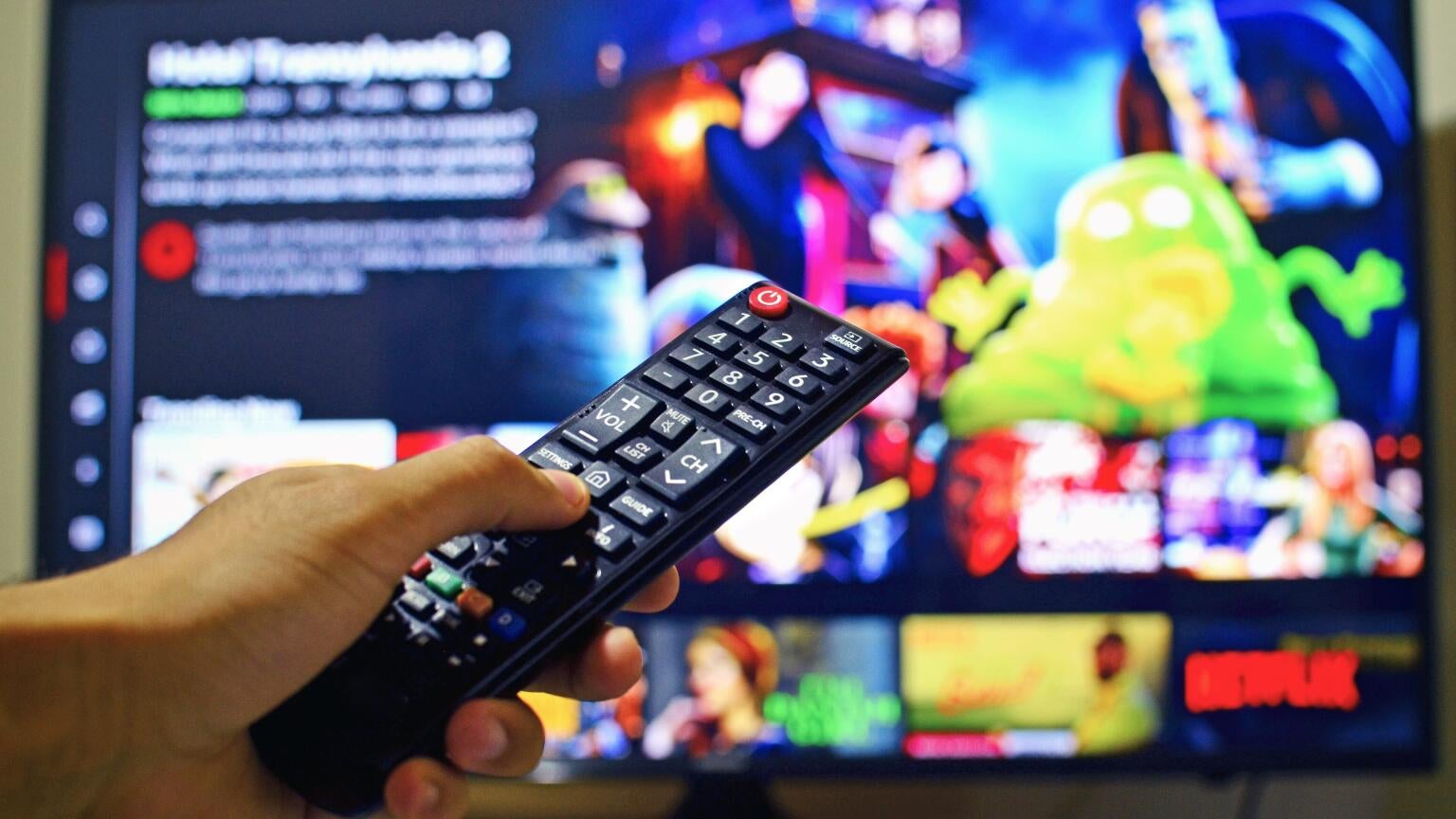
Netflix and YouTube may be far more dominant than we realize.
According to a report from LightShed Partners, Netflix and YouTube combined for 47 percent of “connected TV time spent” in June. That number is just 2% lower than the firm’s last report from 18 months ago. Think about that. Even with a raging pandemic and an explosion of streaming content, those two services are still sucking up half the oxygen in the room.
LightShed’s “CTV” metric measures the amount of time a subscriber spends on the app via a mobile device, smart TV, streaming device, tablet, or PC.
Why are these two services so dominant? LightShed says it’s because of the wide variety of content offerings. “The interesting commonality of Netflix and YouTube is its breadth of content across genres, albeit one obviously has to acquire/finance content and the other is a platform for UGC content.”

Elsewhere, LightShed found that services like Hulu, Disney+, and Amazon Prime Video have had their CTV times stagnate, with times nearly matching their June 2020 total. This, despite the Disney services enjoying massive subscriber growth.
“Given the substantial growth in Disney+ and Hulu subscribers over the 18-month time period, it is shocking to see their total time spent flatten out,” the report said. “Hulu subscribers grew over 40 percent during that time period and Disney+ subscribers were up over 50% (with substantially more “fresh” content on Disney+ in 2021 than 2020). The clear implication is that time spent per household subscriber fell meaningfully for both services.”
So it seems that people are subscribing to the service, but they’re not using it, which could spell disaster in the event of a price hike that’s rumored to be on the way. Many of these subscribers likely use the “Disney Bundle,” which gives users access to Hulu, Disney+, and ESPN+ for one flat rate, though the report indicates that ESPN+’s CTV usage totaled less than 1 percent, likely due to the surveyed time of year (baseball vs. football/basketball season.)
Get Disney+, Hulu, and ESPN+ for just $14.99 a month ($12 savings).
LightShed says that Disney’s brand loyalty is at play here and agrees that a price hike could be dangerous. “For Disney, the significant drop in time spent per household subscriber at both Hulu and Disney+ raises important questions for investors. On the one hand, it shows people are subscribing to both services even as the content offering is less and less compelling. That shows consumer love of the Disney brand and likely ties to an increasing percentage of subscribers taking the Disney bundle where they get both services and ESPN+, even if they are not major users of all the components of the bundle. On the flip side, substantially lower use per household subscriber increases the risk around price increases which are critical to driving profitability at both services.”
LightShed goes on to suggest a merger between Hulu and Disney+, similar to the way Disney operates overseas. LightShed also mentions that the new service should feature a higher level of, “total programming investment…(including shifting premium access movie titles to “included” with a very short exclusive theatrical window or day-and-date).”
Among the other “losers” in the report are Paramount+, discovery+, Showtime, and STARZ, all of which accumulated less than 1% CTV share. While the latter three are niche services that shouldn’t expect to compete with the big names, ViacomCBS should be concerned with Paramount+, especially after a costly rebrand and a significant investment into its library, with an even deeper focus on its sports content.
Granted, as more soccer matches are played worldwide, we could see Paramount+’s numbers grow in the next report, but it could be unlikely we’ll see much of an increase next report. Peacock also appeared as a less-than-1-percent offering, but these numbers are likely inconsistent due to Peacock’s presence on Comcast set-top boxes, which LightShed does not measure.
The rising star of the report happens to be HBO Max. “HBO Max is quickly catching up to Disney+ in terms of market share,” LightShed said. “Prior to HBO Max’s launch in May 2020, HBO Now/Go had relatively insignificant usage on connected TVs at under 1%. In contrast, by June 2021 HBO Max had moved up to #6 in terms of CTV market share at 3% and was by far the fastest-growing streaming platform on connected TVs over the 18-month time period.
LightShed credits Warner’s decision to make their entire 2021 movie slate available on HBO Max at no extra cost as the reason for growth. “HBO Max has added US subscribers faster than any other SVOD service this year and adding substantial high profile content is clearly driving time spent per household subscriber.”
